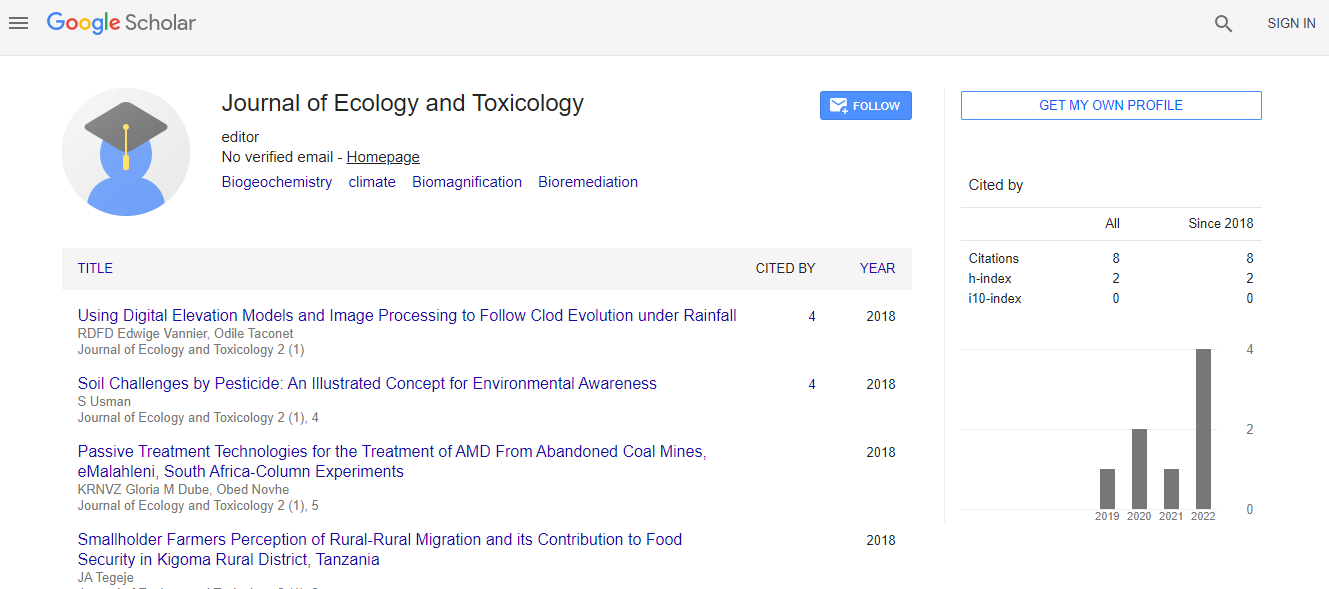As-tolerant P-A strain of Pantoea ananatis: a potential PGPR, isolated from the Hezhou mining area in China
*Corresponding Author:
Copyright: © 2021 . This is an open-access article distributed under the terms of the Creative Commons Attribution License, which permits unrestricted use, distribution, and reproduction in any medium, provided the original author and source are credited.
Abstract
Microbial and plant assisted bioremediation is an emerging way for the remediation of soils polluted with heavy metals. To screen the arsenic tolerant bacteria, soil samples were collected from Nanjing mining area, China. The average cadmium content of the mine soil reached 45.71 mg/kg, which was indicating serious pollution and potential ecological risk. From the mine soil, six arsenic tolerant plant growth promoting rhizobacteria (PGPR) were isolated. The isolated bacterial strain “P-A” showed maximum arsenic tolerance and it was selected for further experimentation. This strain was identified as Pantoea ananatis by 16S rRNA gene sequencing. P-A was found to tolerate maximum arsenic at 2.0 mM concentration. This strain also exhibited good adsorption capacity (up to 45.7%) of heavy metal at 1 mM concentration. Results of this study exhibited organic phosphorus solubilization (37.08 mg/L) and IAA biosynthesis (18.11 mg/L) ability of isolated P. ananatis. Scanning electron microscopy (SEM) revealed cell shrinkage and the cell wall of P. ananatis became rough at 1 mM arsenic stress. FT-IR study described the differences between functional groups and nature of chemical bonds between and after the absorption of arsenic by P. ananatis. At 0.25 mM arsenic concentration, P. ananatis treated seeds of Capsicum annuum L. developed 2.46 times longer roots than untreated seeds. Results of this study helped us to conclude that P-A strain of P. ananatis possesses significant metal tolerance and bioremediation potential against arsenic. In future, this strain can be used as a microbial remediation agent to detoxify heavy metals in contaminated soils.

